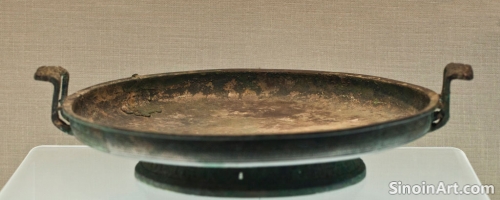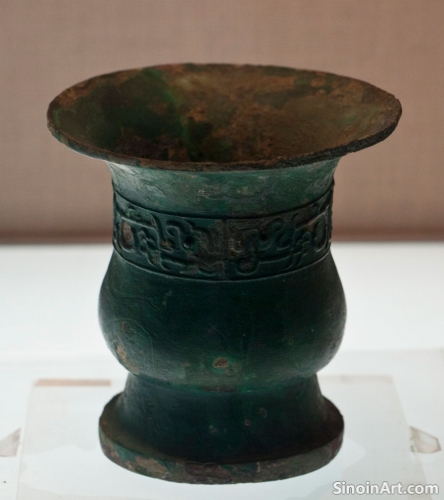Bronze Mirrors and the Concept of "Face" in Ancient Chinese Society: Identity and Social Status
|
Beyond their practical use for reflection, bronze mirrors in ancient China were also deeply intertwined with the concept of "face" (面子), a crucial element of social interaction that encompassed one's reputation, honor, and social standing. Mirrors, therefore, became not just objects for seeing oneself but also tools for managing social image and displaying one's place within the community. The concepts of status and identity are often closely associated with the way that objects are used in social situations.  The act of presenting or receiving a bronze mirror as a gift often conveyed a high degree of respect and social importance, recognizing the recipient's value and status within the community. The giving and receiving of these objects helped to underscore and acknowledge their value and importance. The exchange of mirrors was an important ritual for conveying respect and admiration.  The mirrors themselves, with their carefully crafted designs and their reflection of light, were seen as objects that enhanced one's personal appearance and also their social presentation. The use of a mirror helped to show that one was not only aware of their appearance, but also that they were a person of substance and sophistication. Mirrors helped to establish and reinforce social hierarchies.  The placement of bronze mirrors in tombs also served to preserve the "face" of the deceased, ensuring that their social identity and status would be carried forward into the afterlife. These objects were intended to help to preserve the identity of the departed in the next world. The inclusion of these items helped to underscore the importance of social status both in life and after death. The study of bronze mirrors and their connection to the concept of "face" helps to reveal the complex social dynamics of ancient China, highlighting how material objects were used to establish identity, negotiate social relationships, and maintain social order. The careful study of these objects helps to enhance our understanding of the social and cultural norms of the time. The concept of face continues to be an important part of Chinese culture. |
Tag : bronze mirrors, mianzi, ancient Chinese society, social status, personal identity
Related information
- Bronze Ware as Grave Goods: Status, Belief, and the Afterlife
- Bronze Ware and the Development of Ancient Chinese Astronomy: Instruments, Charts, and Cosmological Beliefs
- Bronze Ware and Ancient Chinese Trade: Examining the Role of Material Culture in Economic Exchange
- The Depiction of Daily Life on Bronze Artifacts: A Window into Ancient Society
- The Influence of Nomadic Cultures on Chinese Bronze Ware: Cross-Cultural Exchanges
This article explores the use of bronze ware as grave goods in ancient China, highlighting its connection to beliefs about the afterlife, the social status reflected in the types and quantities of objects, and how the placement of these objects reveals insights into ritualistic practices.
This article explores the interplay of bronze ware and ancient Chinese astronomy, highlighting the creation of observational tools, the symbolic representation of celestial bodies, and how bronze helped to express ancient beliefs about the universe.
This article explores the role of bronze ware in ancient Chinese trade, highlighting its use as a valuable commodity, its impact on shaping trade routes and market systems, and its contribution to the broader economic landscape of the time.
This article explores the depiction of daily life on Chinese bronze artifacts, highlighting scenes of hunting, farming, cooking, and social gatherings, and revealing insights into the social structures, economic activities, and everyday routines of ancient Chinese society.
This article explores the influence of nomadic cultures on Chinese bronze ware, highlighting the adoption of new forms, styles, and techniques, the influence of animal motifs, and the role of trade and diplomacy in the transmission of cultural ideas.